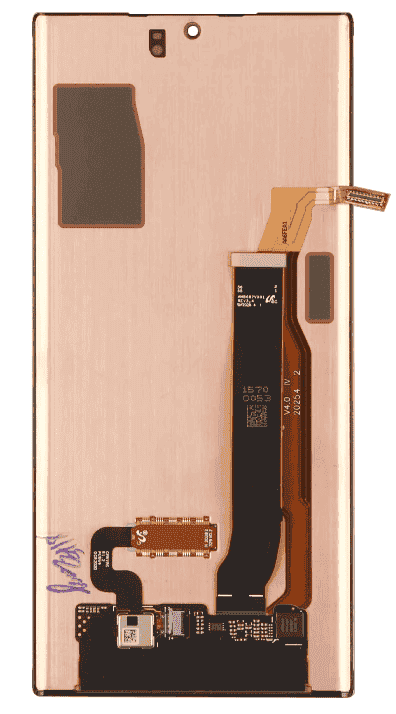Table of Contents
What is Super AMOLED screen technology, and why is it more advantageous than AMOLED? Here’s what you need to know about S-AMOLED.
As technology continues to be integrated into our daily lives, innovation in screens and panels is inevitable. OLED screens are now being used in multiple devices such as monitors, laptops, and smartphones. So, what is Super AMOLED, the continuation of OLED technology, and what sets it apart from normal AMOLED?
Super AMOLED vs AMOLED: Which one is better?

Super AMOLED is a type of AMOLED display technology used in smartphones and other mobile devices. Like AMOLED, the S-Amoled screen also consists of individual pixels that are independently lit.
The main difference between the two is that S-Amoled has fewer layers than normal AMOLED. It combines the screen with the touch sensor, referred to as the “super layer.” This shared layer enhances the screen’s performance, providing brighter and more vivid colors than standard AMOLED.
One of the main advantages of S-Amoled is its high contrast ratio. Because each pixel is independently lit, the screen can produce real black, providing higher contrast ratio and more vivid colors. It also has a broader color gamut, meaning it can display more colors and more accurate colors.
As an example of a model using a Super AMOLED screen, the Samsung Galaxy Note 20 Ultra is a good example.

Another advantage of the S-Amoled is its power efficiency. Because pixels are only lit when needed, it uses much less power than LCD panels. As you might expect, smartphones with this screen can provide longer battery life.
Advantages of Super AMOLED:
- High contrast ratio
- Vivid and accurate colors
- Power efficiency
- Longer battery life
- Independent lighting of each pixel
- Wider color gamut
- Super AMOLED is even better at this with 20% brighter screen, 20% lower power consumption and 80% less sunlight reflection.
What is AMOLED?
It stands for AMOLED (Active Matrix Organic Light Emitting Diode).
This type of screen can emit its own light. This is achieved by applying an electric current to a thin layer of fluorescent or phosphorescent organic film using TFT components, causing the holes and electrons in the organic layer to emit light. The color of the emitted light depends on the organic material in the light-emitting layer on the screen.
AMOLED’s video response time is approximately 1 microsecond (μs). This speed is 1,000 times faster than TFT LCD’s video response time of approximately 1 millisecond (ms), solving the motion blur issue experienced with TFT LCD. AMOLED screens also emit their own light, eliminating the need for a backlight. This makes an OLED screen 1/3 lighter and thinner than a TFT LCD screen.
In conclusion, S-Amoled is a type of AMOLED display technology developed by Samsung as an alternative to traditional AMOLED screens. It offers improved performance, a higher contrast ratio, a wider color gamut, and better power efficiency. There are different versions of Super AMOLED like Advanced, Plus, and HD. Overall, Super AMOLED provides a better viewing experience compared to standard AMOLED.
What are your thoughts on this topic? You can share your opinions in the comments section.


